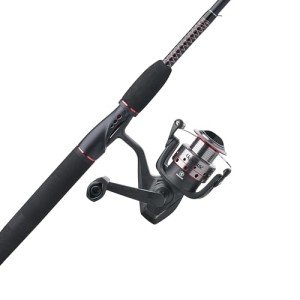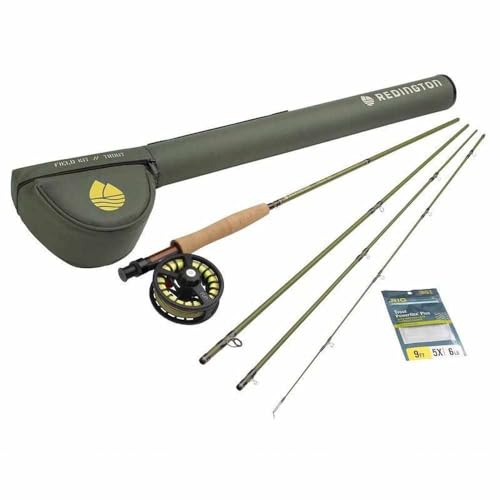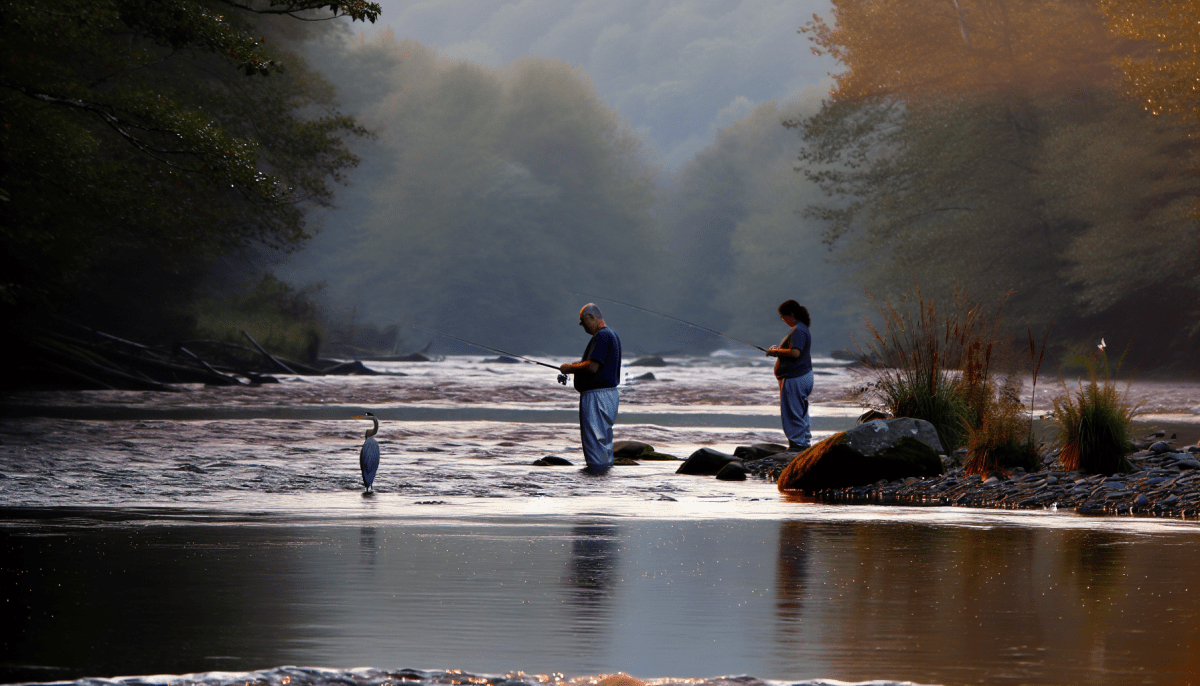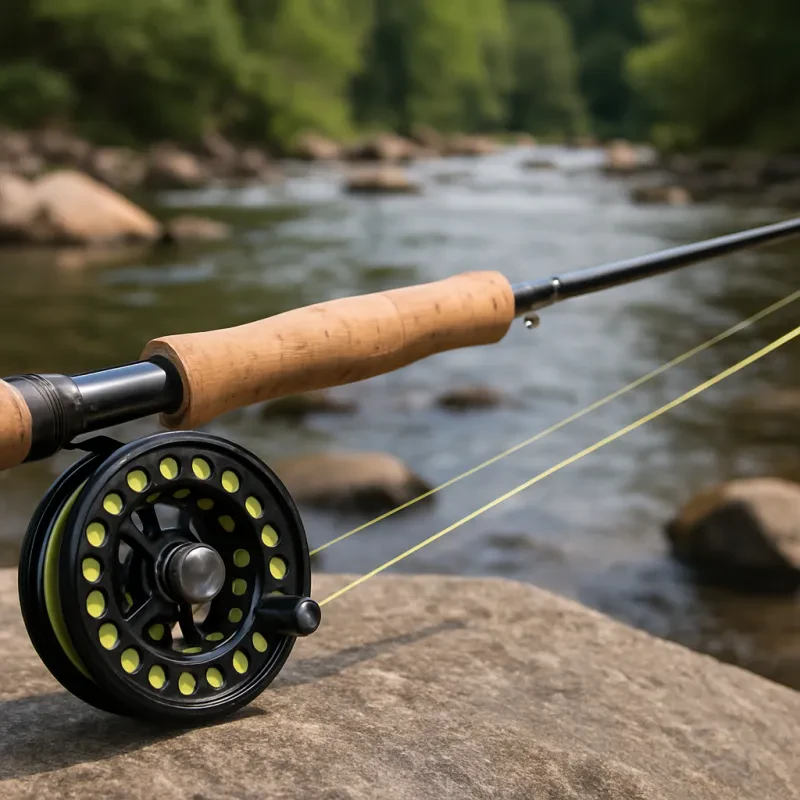Ultimate Guide to Elk River Fly Fishing in West Virginia
Spanning 172 miles (277 km) through the heart of Central West Virginia, the Elk River stands as the most extensive river entirely contained within the state's borders, offering a crucial tributary to the Kanawha River. This significant waterway contributes to the expansive Mississippi River basin via its connection to the Kanawha and Ohio Rivers. Originating from the scenic confluence of the Big Spring Fork and Old Field Fork in the Allegheny Mountains of Pocahontas County, near Slatyfork, the Elk River carves a westward path across the pristine Allegheny Plateau. The river's journey takes it through Randolph, Webster, Braxton, Clay, and Kanawha Counties, enhancing the natural beauty of towns like Webster Springs, Sutton, Gassaway, Clay, Clendenin, and Elkview before its confluence with the Kanawha River in Charleston.
Notably, the Elk River features a unique geological phenomenon where it disappears underground into a vast network of caverns for over five miles in a region aptly named "The Dries," leaving its ancient rock bed exposed. Additionally, the river is home to the impressive Sutton Lake, created by a U.S. Army Corps of Engineers dam in Sutton, adding to its ecological and recreational value.
The river's most significant tributaries, the Holly River and Birch River, join in Braxton County, further enriching the Elk River's ecosystem and highlighting its role in West Virginia's natural heritage. The Elk River's entire course offers a vivid example of the state's diverse landscapes and serves as a vital resource for both the environment and the communities it flows through.
Elk River Overview
Geography and Access
The Elk River in West Virginia rolls through some of the most breathtaking scenery in the eastern United States. Originating from the Allegheny Mountains, it flows through several counties before joining the Kanawha River. Access to the river is facilitated by various entry points, making it convenient for anglers to find their perfect spot.
The River's Ecosystem and Water Quality
Elk River boasts a rich ecosystem with pristine water quality, which is vital for the health and abundance of trout. The river benefits from the surrounding untouched forests, which act as a natural filter, ensuring clean and clear waters. This pristine environment supports a diverse range of aquatic life, providing an ideal habitat for trout.
Trout Fishing on Elk River
Types of Trout in Elk River
The Elk River is home to a variety of trout species, making it a versatile fishing destination. Anglers can expect to find:
- Rainbow Trout: Known for their vibrant colors and fighting spirit.
- Brown Trout: Valued for their wariness and difficulty to catch, presenting a challenge for experienced anglers.
- Brook Trout: West Virginia's state fish, offering a trout fishing experience with their beautiful markings.
Seasonal Patterns and Hatches
Understanding the seasonal patterns and hatches is crucial for successful fly fishing on the Elk River. Spring and early summer are peak seasons, with significant hatches that attract trout to the surface. Fall brings another excellent opportunity, as the cooler temperatures invigorate the trout, making them more active and easier to catch.
Fly Fishing Techniques and Gear
Successful fly fishing on the Elk River requires the right techniques and gear. Anglers should equip themselves with:
- Rods and Reels: A 9-foot, 5-weight fly rod is versatile and suitable for most conditions on the Elk River.
- Flies: Match the hatch by using local insect imitations. Dry flies, nymphs, and streamers are all effective, depending on the season and time of day.
- Waders: To access the best spots, a good pair of waders is essential for navigating the river's varying depths and temperatures.
Tips for a Successful Elk River Fly Fishing Trip
Local Regulations and Etiquette
Familiarize yourself with West Virginia's fishing regulations, including catch and release areas, to ensure a responsible and enjoyable experience. Respecting other anglers and practicing good river etiquette will contribute to a positive atmosphere for everyone on the water.
Hiring a Guide
For those new to the Elk River or looking to enhance their fishing experience, hiring a local guide can be invaluable. Guides offer insider knowledge on the best spots, techniques, and fly selections, increasing your chances of a successful outing.
Conservation and Preservation
The beauty and health of the Elk River depend on the conscientiousness of its visitors. Practice catch and release where required, and always leave no trace to preserve this magnificent river for future generations.
Elk River in West Virginia offers an unmatched fly fishing experience, with its beautiful scenery, diverse trout population, and pristine waters. Whether you're a seasoned angler or new to the sport, the Elk River provides the perfect backdrop for an unforgettable fishing adventure. By following the tips and guidance provided in this guide, you're well on your way to a successful and enjoyable fly fishing trip on one of the East Coast's premier trout rivers.







